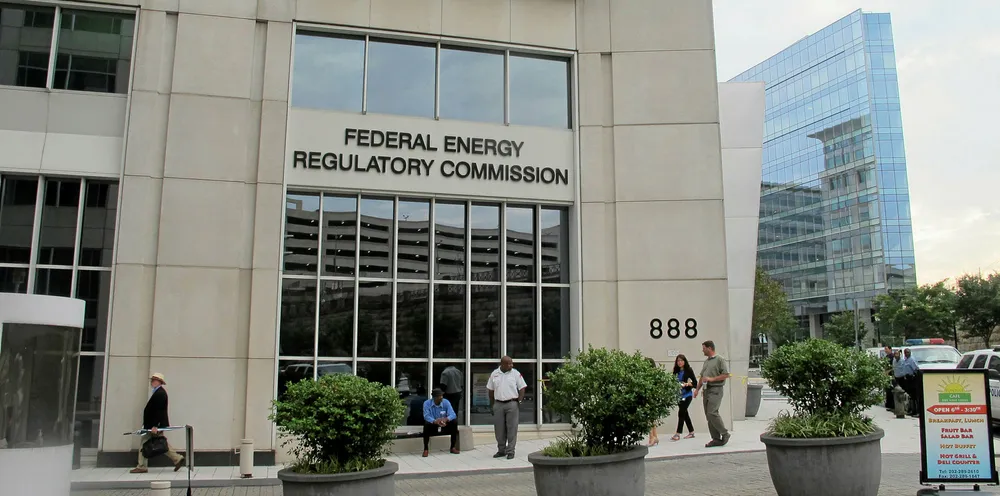US Feds to put heads together on weaving offshore wind into transitioning power grid
Federal Energy Regulatory Commission convenes key meeting as first-mover states grapple with integrating burgeoning energy source off eastern seaboard

The Federal Energy Regulatory Commission (FERC) will convene a technical conference in October to consider how grid operators can integrate anticipated growth in US offshore wind generation in an “efficient and effective manner that safeguards open access transmission principles”.
The meeting at FERC, which regulates transport and bulk sale of electricity in interstate commerce and ensures reliability of the nation’s high-voltage interstate transmission system, comes as elected officials and stakeholders in New England grapple with the complicated issue of how to bring future electric power to shore.
Together, states in the region, led by New York, have committed to procure more than 22GW of capacity with additional dozens of gigawatts likely necessary beyond 2035 to meet their climate goals.
Early projects will employ individual radial lines that will connect to the grid through a limited number of available near-shore substations, with first movers securing the best and least-cost locations, leaving subsequent projects with potentially much higher connection costs that ultimately will be paid by ratepayers.
If those costs for these states becomes too high, the economic argument for offshore wind could wash away along with public support, which has been strong in states along the east coast from Massachusetts to North Carolina.
State governments are also counting on the sector to create tens of thousands of jobs and drive economic development this decade with as much as $70bn investment.
For that reason, policymakers are taking a closer look at proposals from private developers such as Anbaric and Avangrid Networks for independent offshore transmission networks that would be shared by multiple projects.
These grids would serve as a so-called backbone for either one or two states, or an entire region such as New England.Proponents of offshore grids believe a planned approach offers a lower cost solution than radial lines, particularly if they employ direct-current technology, by mitigating risks such as having to build-out onshore transmission given community opposition and rejection by siting officials.
Independent system operators (ISOs) such as ISO New England and NYISO, and regional transmission operators (RTOs) like PJM, are having to rethink transmission planning and interconnection processes to accommodate a new industry with big ambitions in an era of climate change.
The ageing transmission network on land was built around large centralised coal, fuel-oil and nuclear power plants. Electricity largely flows from the north and west to load centres near the Atlantic Ocean.
Offshore wind offers grid operators the opportunity to better coordinate transmission development, something they have struggled to do, at times, with power-related issues in the past. The states and their utility boards will play a key role here as will FERC.
Investors and supporters of the sector assert that for the offshore wind industry to thrive it will need grid operators and regulators at both the state and federal levels to provide clear pathways for development of the best transmission solutions for the benefit of ratepayers.
(Copyright)